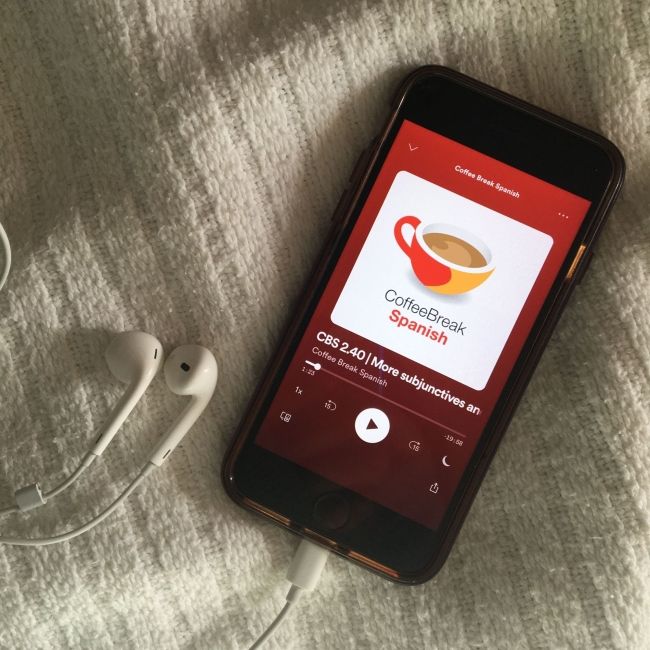My Language Learning Toolkit
If you’re like me (and a lot of people) you may have learned spanish from elementary to high school but didn’t really retain it. Here are methods and specific resources that have helped me recall my previous language learning, and even inspired me to do something new.
As a disclaimer, although these tools are great (and I hope you’ll like my suggestions) having a system through which to employ them is even more helpful. I recommend before you use any of the items listed below that you browse, synthesize, and establish a system of language learning that appeals to you.
As an example, my most recent favourite language learning system was introduced to me by Fluent Forever. Created by a fellow opera-singer-turned-polyglot Gabriel Wyner, Fluent Forever is a project that combines tools, resources, and input from native speakers to encourage learners to quickly absorb and retain a language. The strategies used by Fluent Forever are also used by various others, and it depends on what works best for you!
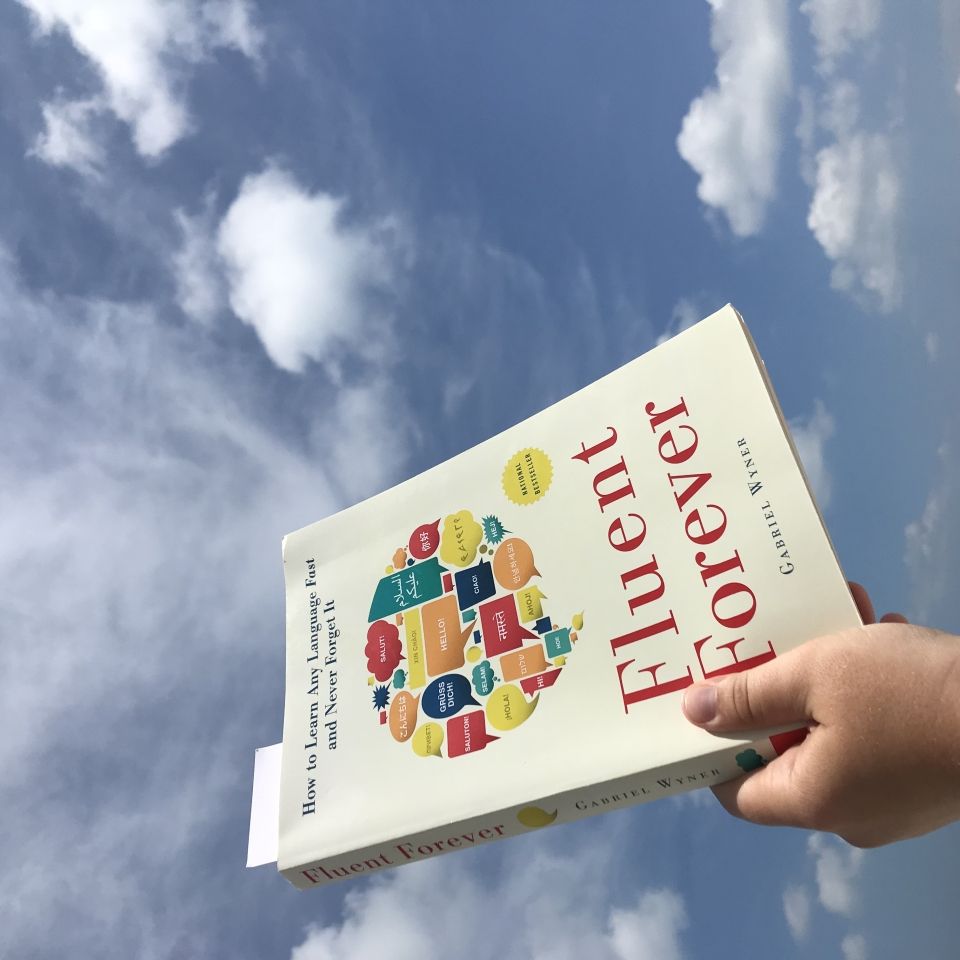
Just Do It! Immersion, Lessons, and Language Exchange
As TANDEM (CIEE’s partner language school in Madrid) says, much like riding a tandem bike, two people are required for communication. Learning Spanish--or any language for that matter--is hard to do alone!
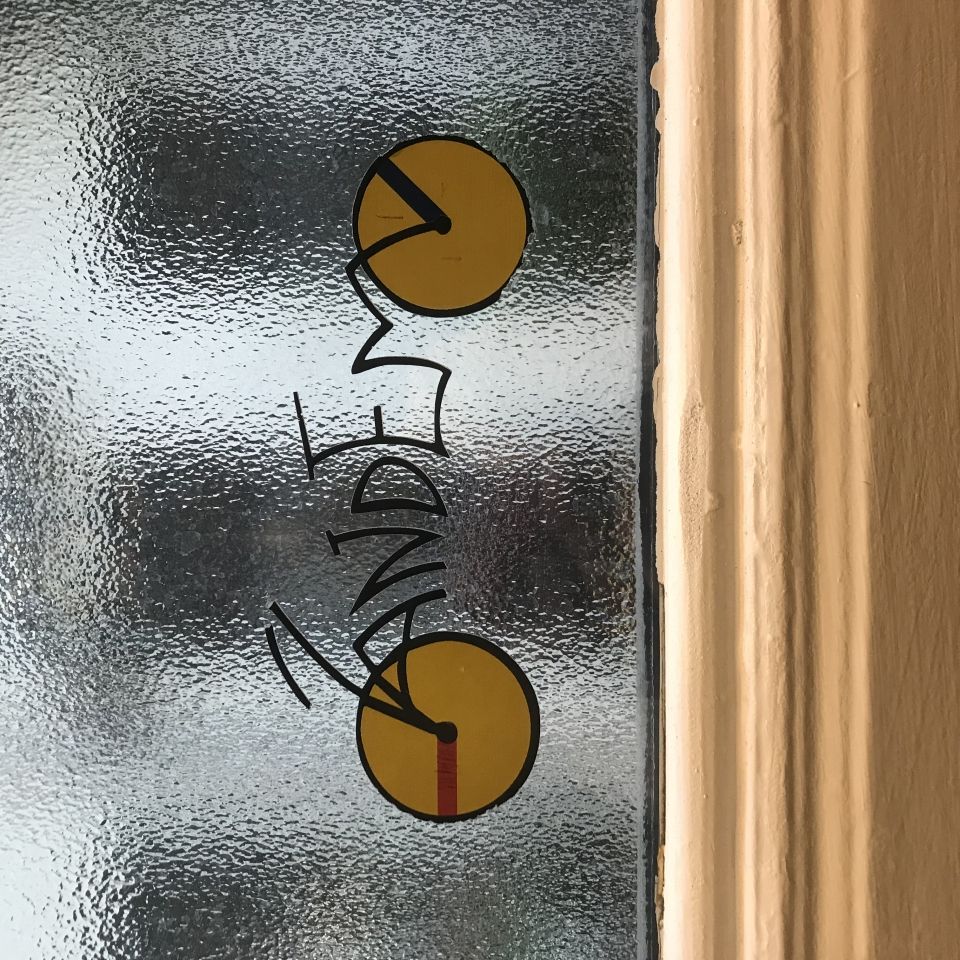
If you look online for tutors, Italki (endorsed by Fluent Forever) and verbling are my go-tos. Once I got to Madrid, I learned that a lot of other CIEE participants liked Preply.
However, you may find it helpful to find local teachers, as meeting face to face really reinforces the tone, gesture, and smaller nuances of the language. Keep in mind that based on where your tutor is from, or the culture from which they come may influence accents, vocabulary, body language, and general grammar and syntax, in addition to obvious regional accents. For example, beyond the basic facets of Spanish, a Puerto Rican teacher may impart knowledge that vastly differs from that of a lisping Madrileño.
If you can’t afford lessons, consider a conversation cafe or language exchange. These are usually free of charge, as participants want to take part in a mutual attempt to learn each other’s language. In a pandemic, it might be harder to find in-person meetings--but there’s also no absence of virtual events! In Tampa, my hometown, Tampa Language Center hosts a once-monthly saturday conversation cafe, in which native English speaker volunteers help students around the world with small conversation and prompts. TANDEM in Madrid also hosts language exchanges, or intercambios, weekly. Other language schools and social groups in whichever city you visit might too! In your hometown, check out your local university’s offerings, or, look into events at cultural (and even) religious centers. You can use sites and apps like Eventbrite and Meetup to find even more events, both online and in person.
And finally, if you make it to Madrid (or, any other place where the primary language is Spanish) you may even be interested in homestay. This is a great option not only to immerse yourself in a different linguistic environment, but too, to save some money when it comes to housing. Article coming soon!
¿Estas escuchando? Spanish Radio, News, & Podcasts
While I was preparing for Paris, I developed an unfortunate affinity for RadioFrance. And the habit dies hard. Good luck deconditioning yourself from listening to the news simulcasts every morning, in the background while doing your chores, or any number of places.
In the US, finding Spanish radio stations is fairly easy, especially in places where there are hispanohablantes in the community. In Tampa and Miami (and most of Florida) you can listen to talk radio and music in Spanish in a variety of genres. Even if you think the music might be more regional, just know-- reggaeton is universal. Playlist of my favourite Madrid artists coming soon.
You can also listen to bilingual radio, or, opt for a more educational programme. Duolingo creates its own podcast, and independent creators like StoryLearning Spanish and others make their own, as well, where you can listen to engaging stories at beginner and intermediate levels of spanish, with varying english commentary or assessment-like review.
Personally, my favourite podcast at the moment is Coffee Break Spanish by Radio Lingua Network. Each lesson breaks down concepts in a way that feels conversational, practical, and not at all unnecessarily repetitive. Mark, the host, is always encouraging, and his baritone scottish accent is sure to soothe your ears, so this is a perfect driving, shower, running, or, truly, coffee break listen. Expect to get mostly Spanish cultural advice and accent work, with some Latin American dialect thrown in for good measure. Once you get to the higher levels, like Show Time Spanish, you’re introduced to narrative radio soap operas, in which you listen to scenes and are given prompts to answer and reflect upon (with some grammar and syntax guidance from Mark and various other hosts from different parts of the spanish-speaking world). In addition to the podcasts, they offer course materials (both free and paid for) that you can use to practice. There are other languages offered by Radio Lingua, as well!
A few members of my cohort in CIEE have used Coffee Break or Radio Lingua before--so it’s definitely a resource that’s appreciated by many teach in spain participants.
If you don’t have Spotify or a place to listen to podcasts, you can find more information here.
Spanish Television Shows & Movies
You have probably heard from everyone and their mother that watching Spanish soap operas helped them learn a language--and that claim is backed up by language acquisition science. In a conversation with CNN, Dr.Melissa Baese-Berk, a professor of linguistics at the University of Oregon, said that it works best if:
- It is subtitled
- It has a repetitive storyline,
- And it’s engaging (you won’t learn as well if you’re bored).
The world, essentially, is your oyster. Thanks to the wide reach of streaming platforms, you can pretty much find Spanish language, or at the very least, spanish-dubbed media anywhere. Most streaming platforms, from Netflix and Hulu, to HBOMax, and even sites for anime like Crunchyroll and Funimation have options for spanish subtitles or audio.
Platforms like MUBI provide students and aficionados access to subtitled and curated foreign language films, including those by my personal favourite, Chilean director Raúl Ruiz. It’s less interactive, but you’re able to view the films with closed captions in both the original language and english, and there’s a variety of countries from which films are provided. You can even browse by country (unfortunately, I couldn’t find a way to browse by language). This is a great service for cinephiles, in general, and you can subscribe month to month or annually.
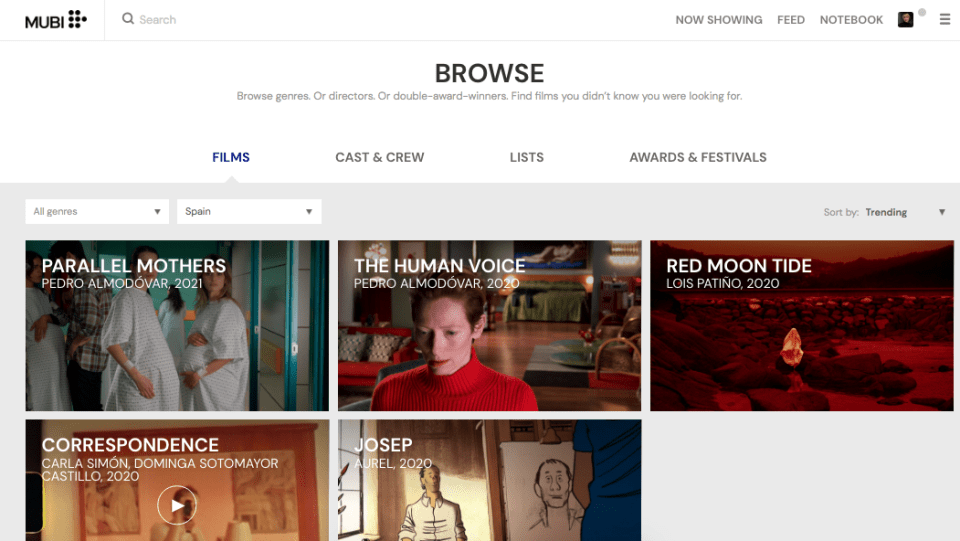
However, if you want the full package, Lingopie is a streaming platform and language learning service all in one. They offer a variety of languages, one of which is Spanish, of which they have a selection of programs, from movies, to short films, children’s shows, series, and more. Most of the shows were from Argentina, Mexico, and Spain, but there are more from different countries as well. Their platform is vocabulary-based, and uses interactive closed captioning to help you identify which words you’re unfamiliar with. They have both English and Spanish captions (that can be displayed simultaneously), in addition to a setting that mixes both. Your chosen level of Spanish determines the speed of the videos, so you can both slow down, or, speed up the transcript, and you have the option to see a scrolling script side-by-side with the show. Click on words to add them to your list, and you’ll be given opportunities to review, either through flashcard review at the end of a video, or, in a pop quiz. They even give you pointers and are focused on your studies as a user of their service. Although the vocabulary was helpful, and really helped me with dialect and colloquialisms or general vernacular (there are so many ways to say “dude”), it wasn't the best way for me to learn grammar or syntax. They offer a 7 day free trial, if you'd like to try it out!
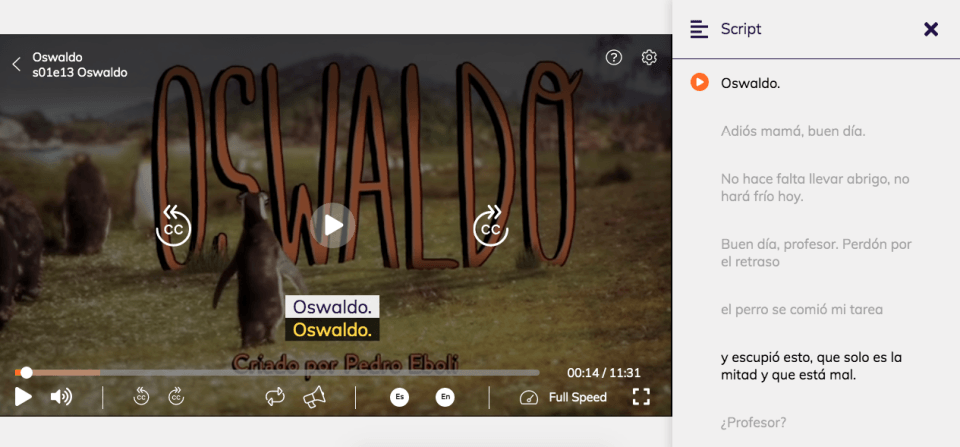
Alternatively, you can simply add the extension Language Learning with Netflix to your browser, and experience a similar learning style if you already have the subscription to that streaming platform.
My Favourite Language-Learning Apps
And of course, when other methods fall short, you can always count on some ingenious tech company to make language learning all the more interesting--and mobile.
Duolingo
If you need consistent, persistent pressure to regularly practice your language-learning, this might be a great option.
Personally, I find its subscription membership, Duolingo plus, to be a really big help. There are some features that make it more worth it, but I most appreciate the ability to do as many lessons as I want to in a day without having to worry about making a mistake and losing time.
Duolingo is available as a mobile app, but can also be accessed via web browser online.
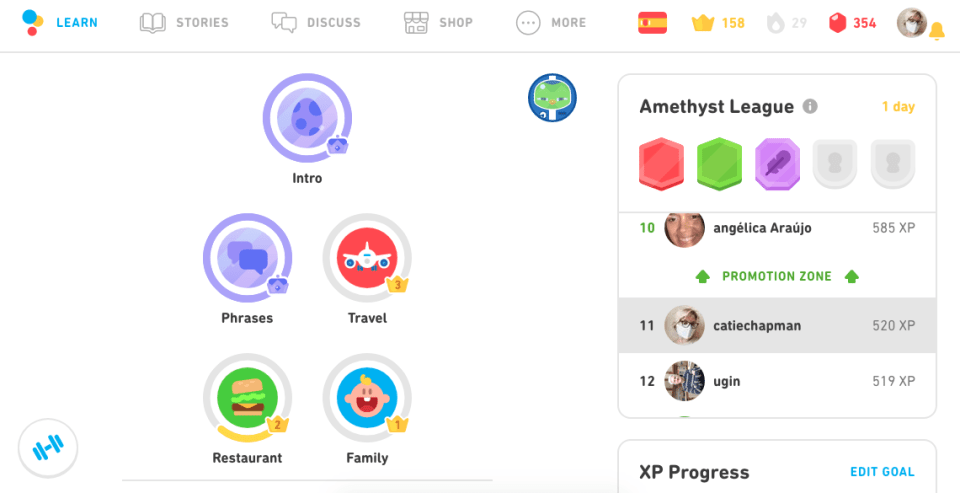
Want an alternative? Try Rosetta Stone, Lingvist, Rocket Languages, or Mango. Similarly, you can go for Pimsleur, which is more of a direct form of repetition and verbal engagement.
Toucan
Toucan is a free browser extension (currently only on chrome) that replaces words in the webpages you browse with those from a different language. You can then scroll over and click on the words to learn new vocabulary! I use the Spanish version, but they have several languages available. They also have a premium subscription, if you really enjoy it!
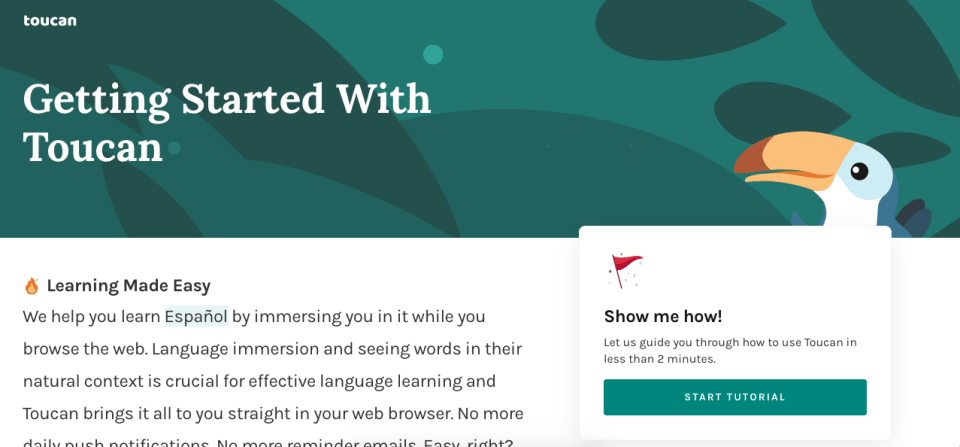
It’s currently not available in browsers besides chrome, but similar extensions exist.
City Guesser
Ok, so maybe this isn’t a language acquisition tool, but it is fun. City Guesser is an online game that allows you to walk around a city before attempting to guess where you are in the world. They even have a Europe specific prompt that allows you to walk through cities there. This may not be the best way to get around your local neighborhood in Madrid or your Spanish city of choice (consider Google Street View for a more personalised virtual walking tour experience) but it does quite literally train you to drop into a foreign city and gauge where you are--and in Madrid, where all roads may lead to Sol but are nonetheless terrifically maze-like, acquainting yourself with your inner compass is essential.
Even if you don’t feel fluent by the time you leave, what matters when you’re in another country and talking to the people there is that you make an effort to communicate. No matter how much you prepare, there will always be more to learn, and infinitely more ways to practice and become familiar with the language.
Are you interested in immersing yourself in a language while studying or teaching abroad? Consider CIEE's programs! Use these links (for teaching, and for studying) to get a discount on tuition.
Did you find a new resource to add to your language learning toolkit? Which ones did I miss? Let me know in the comments, and, of course, ¡Buena Suerte!
Related Posts
Commuting: A Newfound Love of Mine
I had been telling myself for months to expect an hour-long commute. For some reason, I was still shocked when I got my school placement and saw that it was... keep reading
Trading in palm trees for tapas
Back in May, my mom, sister, and I were walking around Chicago. My sister has lived there for close to 4 years and raves about it, but I'd never lived... keep reading
These are a few of my favorite things
It feels like just yesterday that I moved to Spain, but somehow it's already been over 2 months. In honor of 10 weeks in Madrid, I put together a list... keep reading
